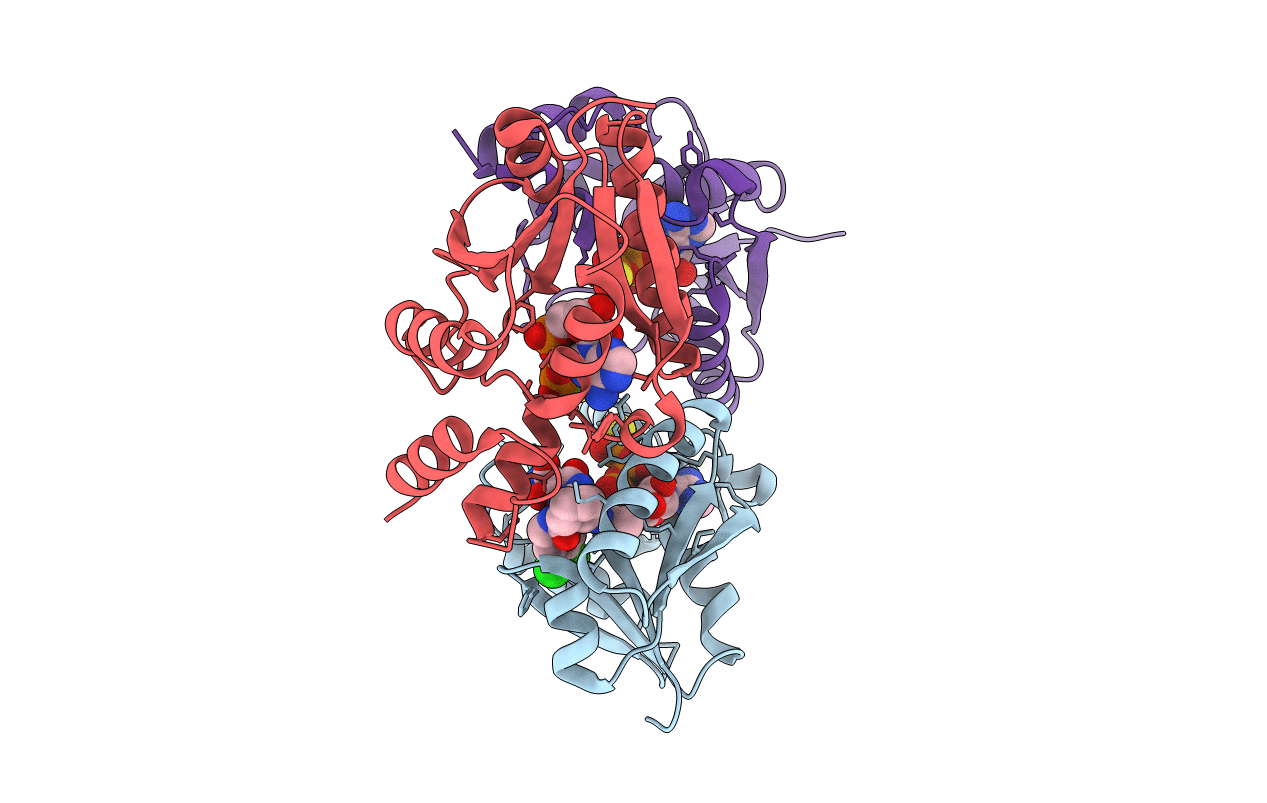
Deposition Date
2013-10-22
Release Date
2014-03-12
Last Version Date
2024-02-28
Entry Detail
Biological Source:
Source Organism:
Staphylococcus aureus (Taxon ID: 196620)
Host Organism:
Method Details:
Experimental Method:
Resolution:
2.33 Å
R-Value Free:
0.32
R-Value Work:
0.25
R-Value Observed:
0.25
Space Group:
C 2 2 21


